Win–loss record 207–126 Role Baseball player Earned run average 2.92 Height 1.8 m | Strikeouts 862 Weight 88 kg Name Carl Mays | |
 | ||
Died April 4, 1971, El Cajon, California, United States | ||
The story of pitcher carl mays
Carl William Mays (November 12, 1891 – April 4, 1971) was a right-handed pitcher in Major League Baseball from 1915 to 1929. Although he won over 200 games, 27 in 1921 alone, and was a member of three world championship teams, Mays is primarily remembered for throwing the beanball that killed Ray Chapman of the Cleveland Indians on August 16, 1920. Chapman became the only Major League player to die as a direct result of an on-field injury.
Contents
- The story of pitcher carl mays
- The Baseball Project Here Lies Carl MaysMOV
- Playing career
- Later years
- Legacy
- References
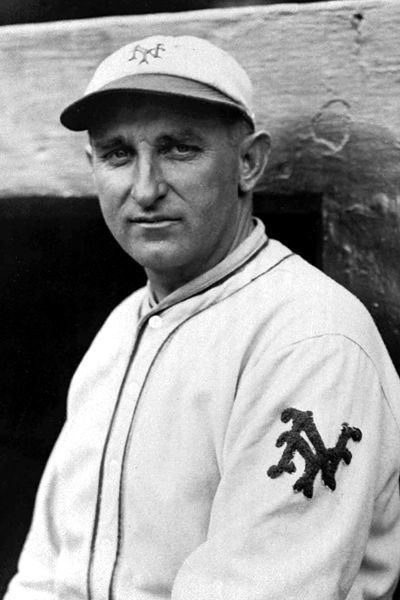
The Baseball Project Here Lies Carl Mays.MOV
Playing career
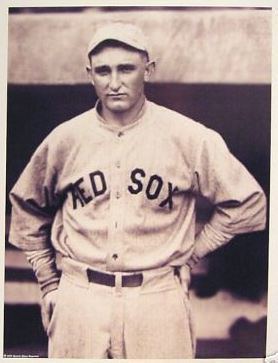
According to his World War I draft card, Carl William Mays was born November 12, 1891 in Atterson, Kentucky. His father was a Methodist minister named William Henry Mays. Carl had a strict upbringing as a child. Much like legendary pitcher Christy Mathewson, Mays refused to pitch on Sundays. He was known for a habit of throwing inside to any batter who hugged the plate. Despite a stellar win/loss record, Mays was typically among the American League leaders in hit batsmen.

When Mays was 12, his father died. Mays internalized his grief, settling into a surly persona. He had very few friends in the baseball world. His best personal support group was a couple named Pierce and Genevieve Mays. Pierce may have been related to Carl, and the couple served as a surrogate uncle and aunt to Carl.
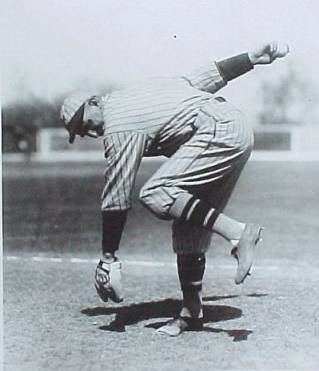
In 1915, while a member of the Boston Red Sox, Mays was in a heated confrontation with Ty Cobb of the Tigers. Mays threw at Cobb each time he came to bat. In the eighth inning, after a close pitch, Cobb threw his bat in Mays' direction, calling him a "no good son of a bitch." Mays responded by calling Cobb a "yellow dog." After order was restored, Mays hit Cobb directly on the wrist. The Tigers won the game 6–1 and the incident cemented Mays' reputation as a head hunter.
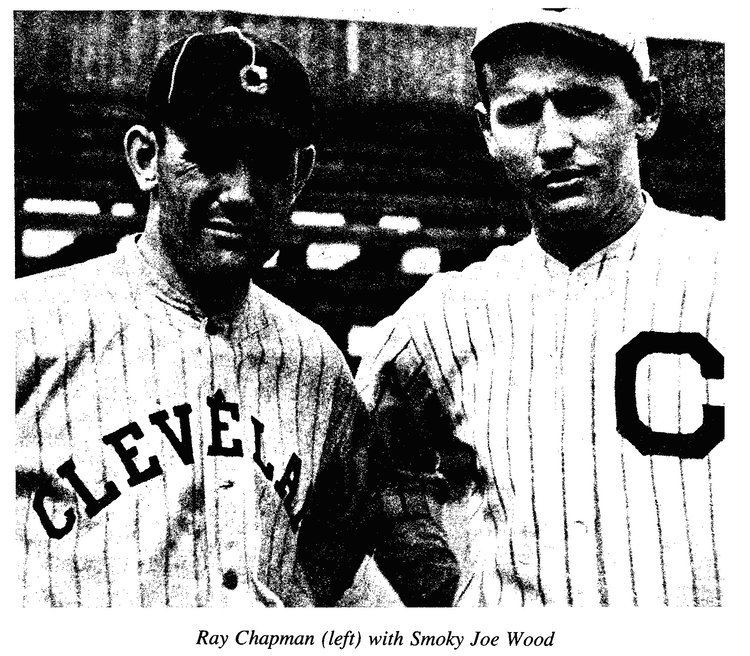
The Yankees were trailing when Ray Chapman came to the plate in the fifth inning on August 16, 1920. Mays was pursuing his 100th career win that day. Chapman had a sacrifice bunt in the first inning and popped up to Yankee first baseman Wally Pipp in the third. Angered that Chapman was crowding the plate, Mays let loose with a high fastball that he claimed was in the strike zone but that Chapman apparently never saw. The impact of the ball striking Chapman in the head was so loud that Mays, thinking it had hit Chapman's bat, caught the ball as it bounced onto the field and threw it to Pipp at first base. Chapman fell to the ground twice trying to make his way to first base. Cleveland teammate and long-time friend Tris Speaker raced from the on deck circle to check on Chapman. He was joined by several players from the Indians and Yankees. Mays, however, never left the mound.
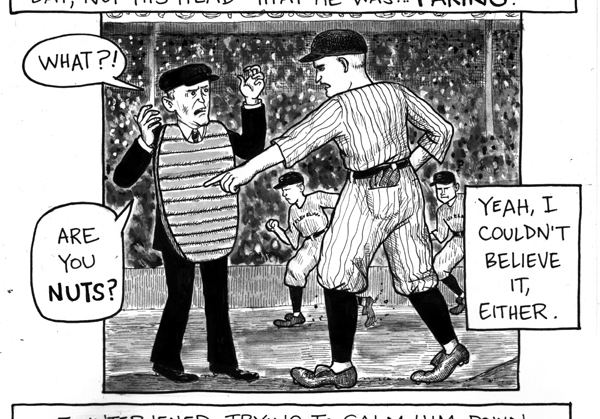
Chapman was taken to a hospital, where surgeons operated and discovered a skull fracture. He initially seemed to rally after the surgery but died early in the morning on the following day. Mays stayed in the game and continued to pitch until being replaced in the ninth inning. Cleveland won the game 4-3. The New York District Attorney determined that the incident was an accident, and no charges were filed.
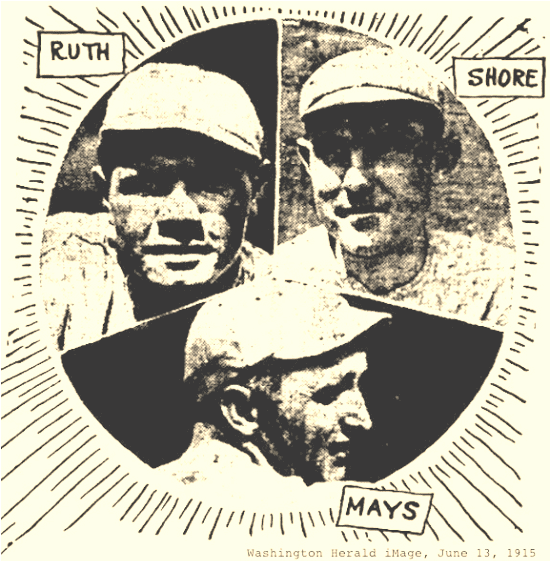
Mays was nicknamed "Sub", a reference to his submarine pitching motion. Mays was a notorious spitball pitcher; this pitch was legal at the time of the Chapman incident. The fatal incident was partly responsible for the subsequent banning of the pitch in Major League Baseball.
In a 15-year career with the Boston Red Sox, New York Yankees, Cincinnati Reds, and New York Giants, Mays compiled a 207–126 record with 29 shutouts, 862 strikeouts and a 2.92 earned run average when the league average was 3.48. He won twenty or more games five times. He was also noted for his skills with a bat, hitting five home runs, recording 110 runs batted in, and sporting a lifetime .268 batting average—an unusually high mark for a pitcher. Mays is the only Red Sox pitcher to toss two nine-inning complete game victories on the same day, as he bested the Philadelphia Athletics 12–0 and 4–1 on August 30, 1918. Those wins put the Red Sox one step from clinching the league championship, as they led Cleveland by 3 1/2 games with 4 remaining to play.
Mays enjoyed his best season in 1921, when he led the American League in wins (27), innings pitched (336.2), games pitched (49), and winning percentage (.750). However, that same season Mays, pitching then for the Yankees, played in a World Series that others later accused him of helping to throw, bringing back memories of the Black Sox scandal from just two years prior. These rumors were never proven, but they persisted long enough that, combined with an already negative reputation among other players both from the Chapman incident and from having a personality that few found agreeable, he was never elected to the Baseball Hall of Fame despite having lifetime statistics comparable to some other pitchers who were.
Later years
After his playing career, Mays served as a scout for Cleveland and Milwaukee clubs. He died in El Cajon, California and is buried in River View Cemetery, Portland, Oregon (Sec. 13, Lot 49, Sp. 7). His distant cousin, Joe Mays, was a recent Major League pitcher.
Legacy
In August 2008, Mays was one of the ten former players who began their careers before 1943 to be considered by the Veterans Committee for induction into the National Baseball Hall of Fame in 2009. He was named on only about 25 percent of the ballots, so he was not selected for induction.
